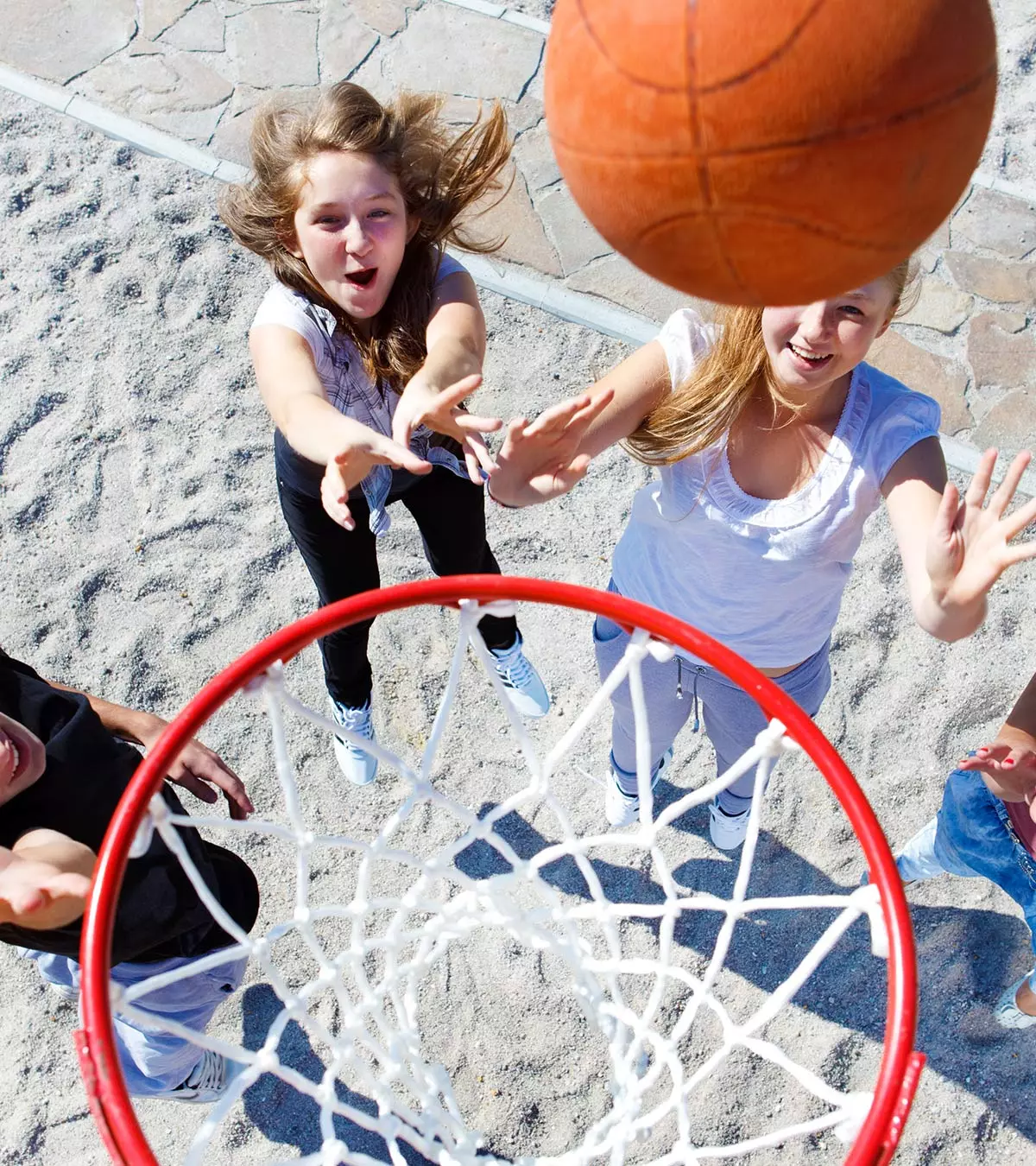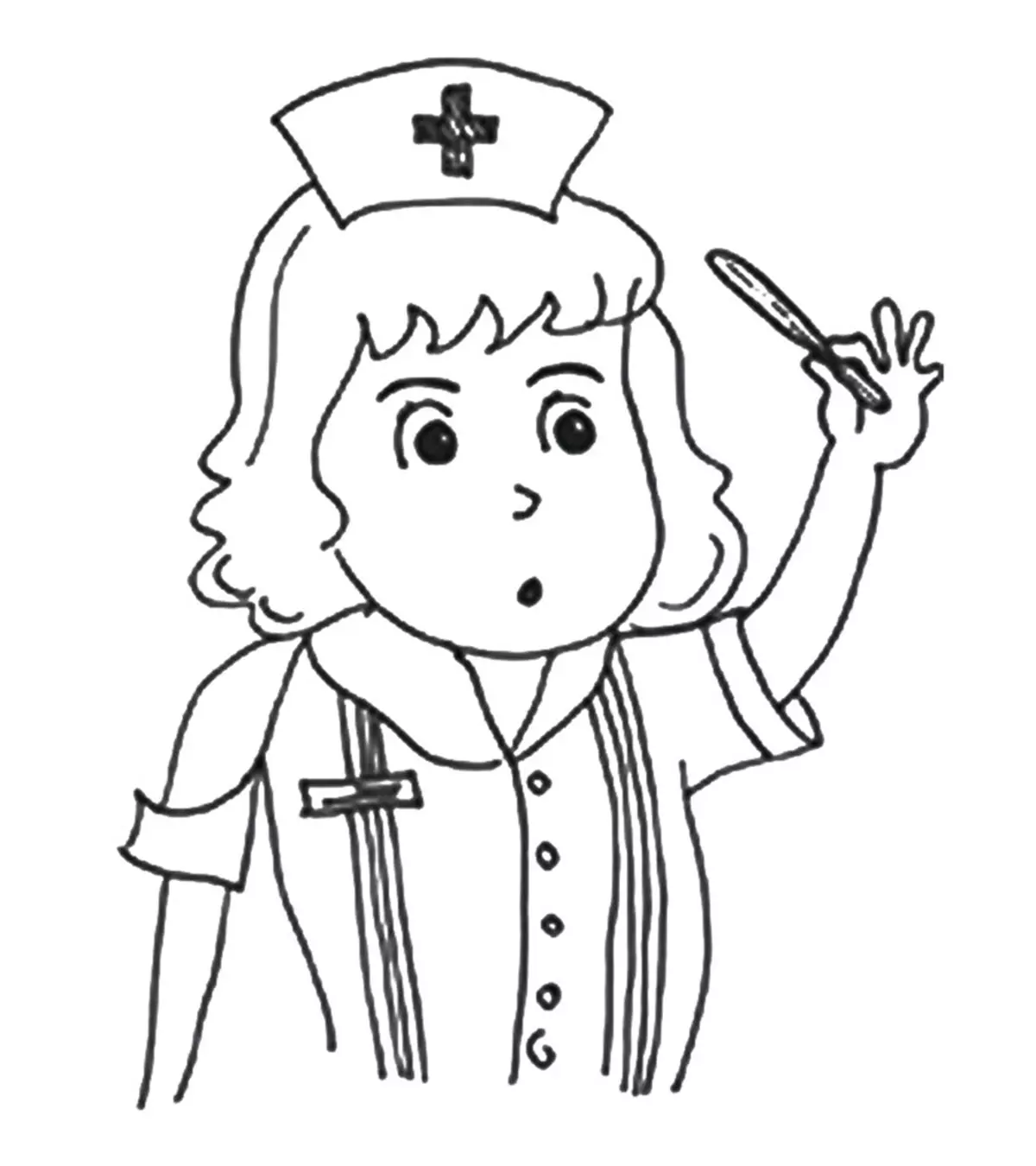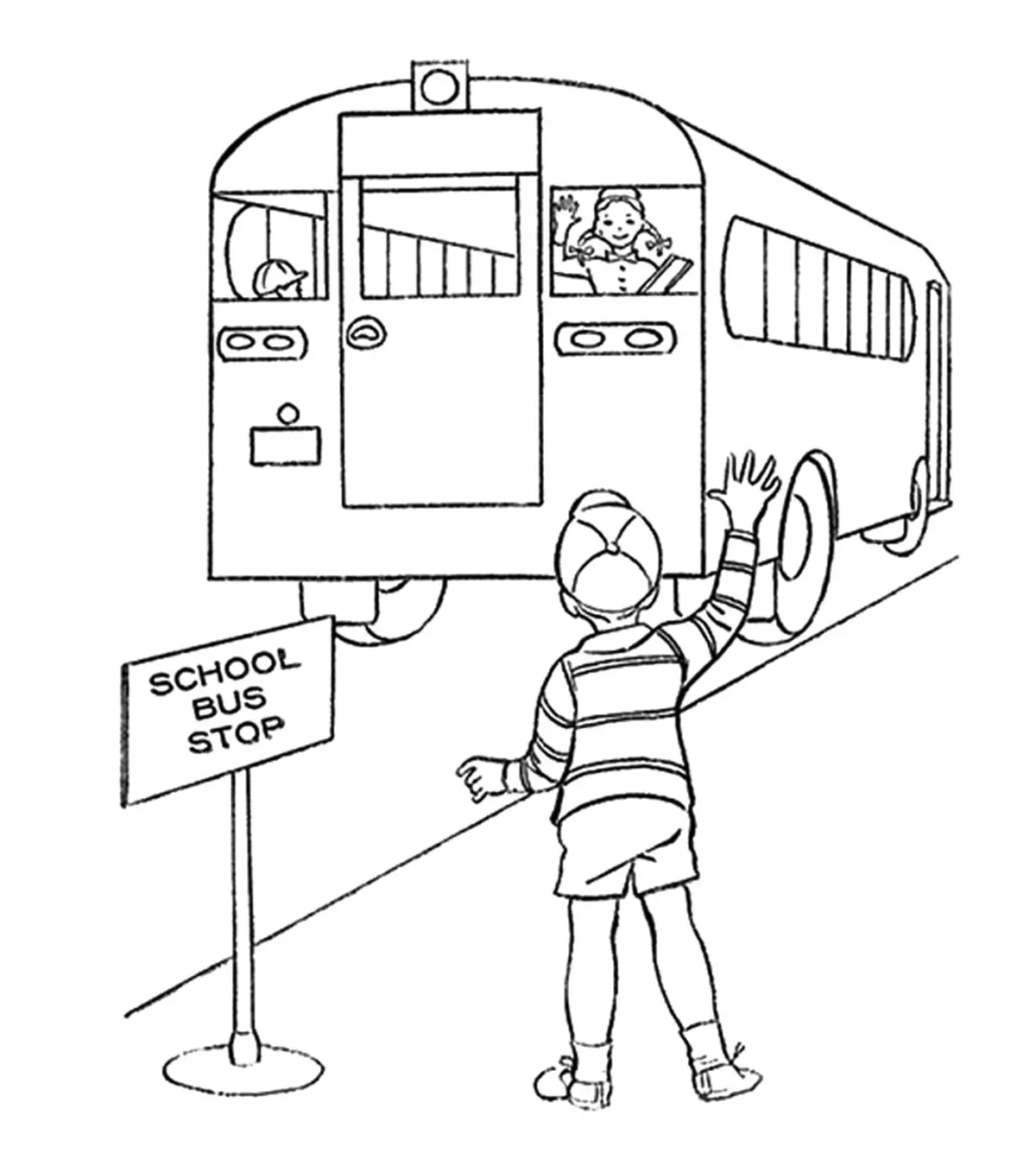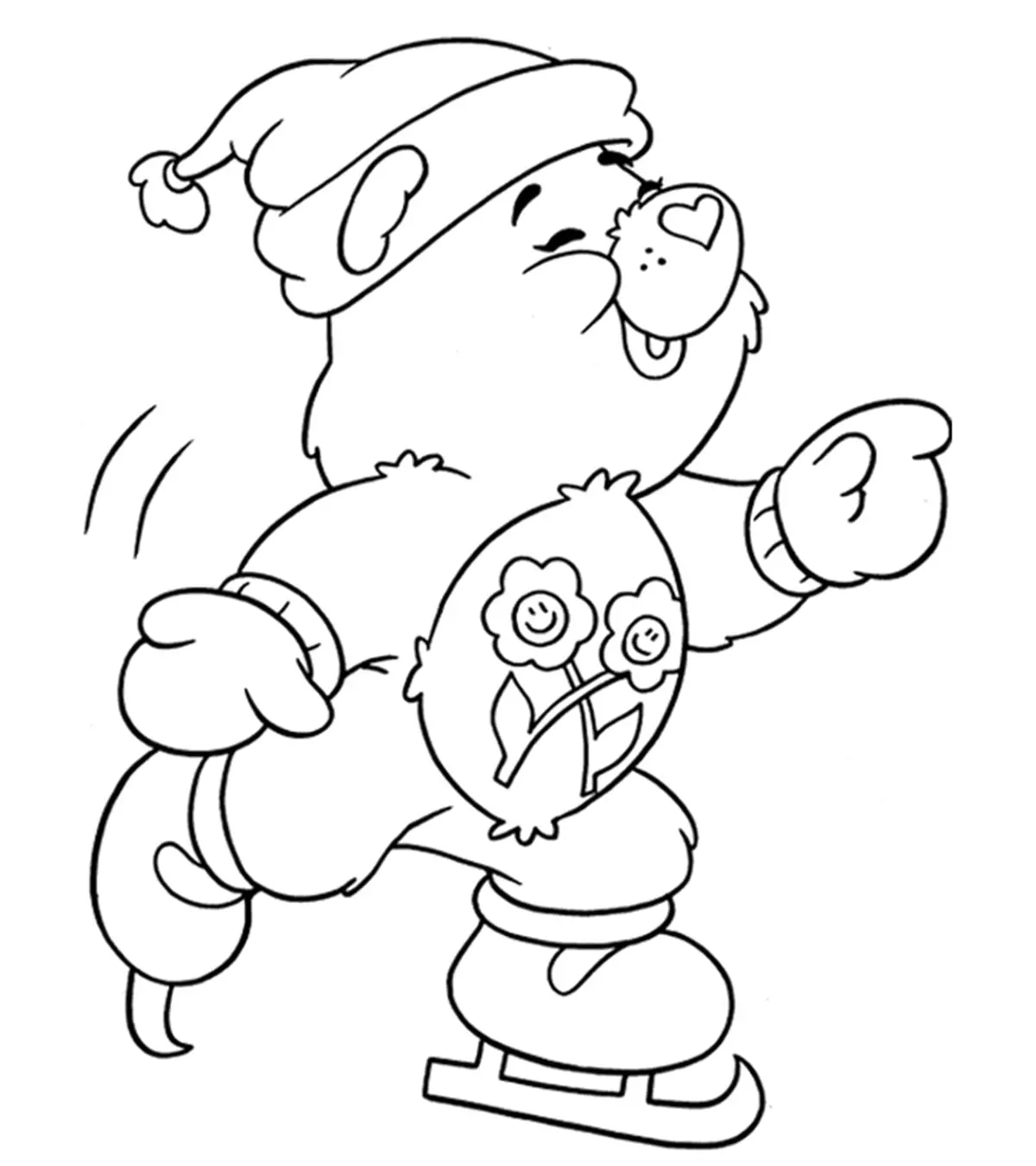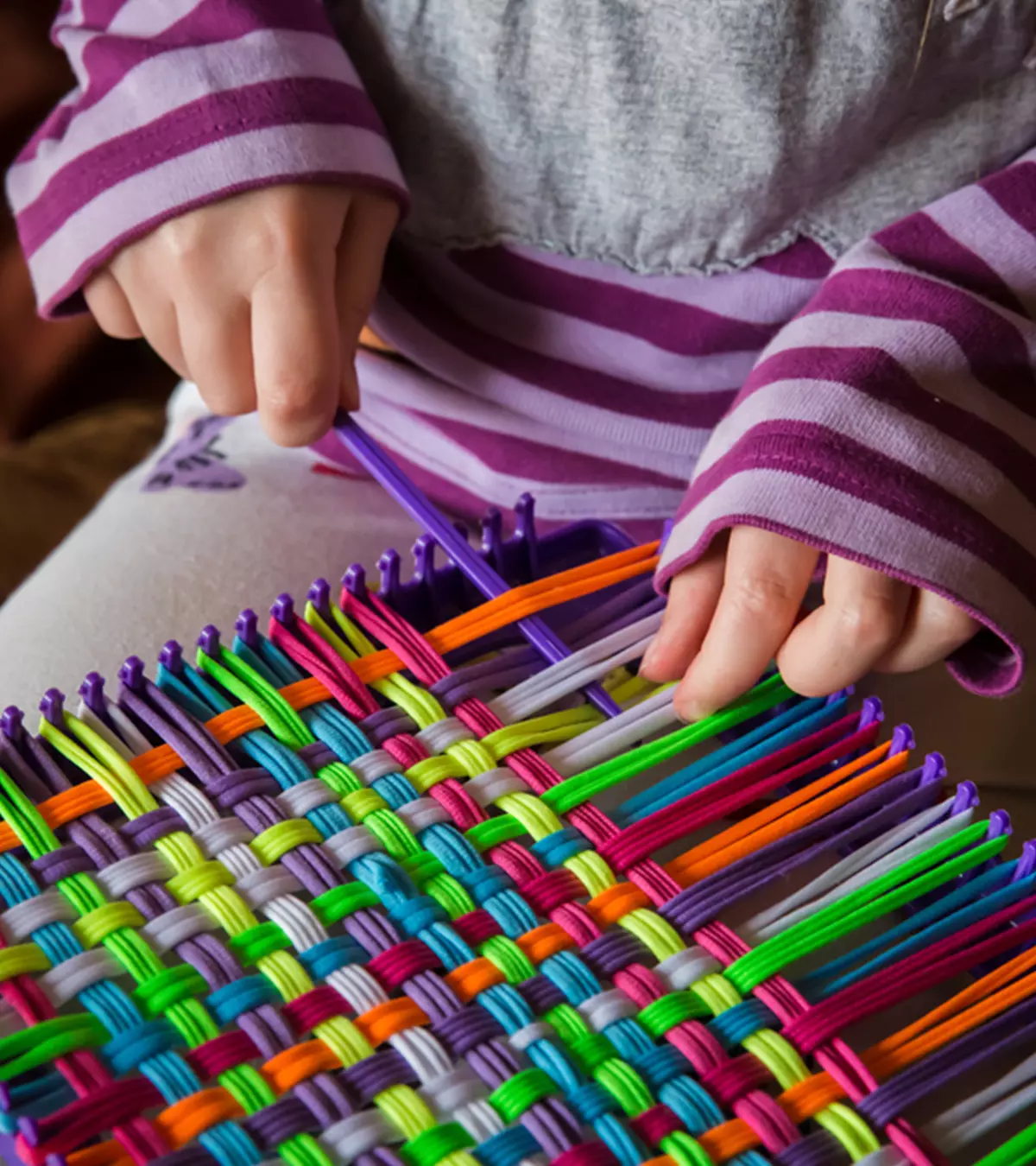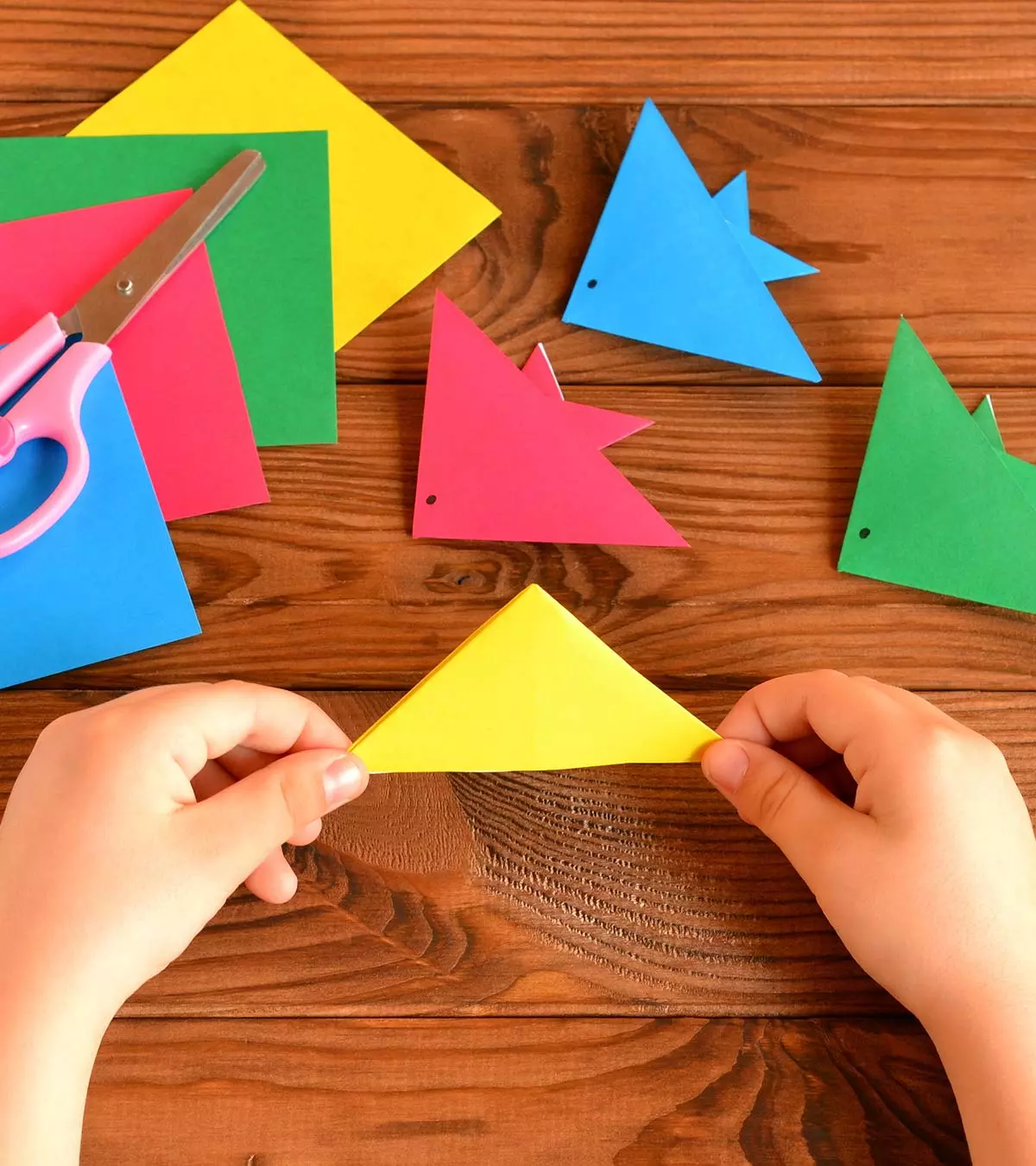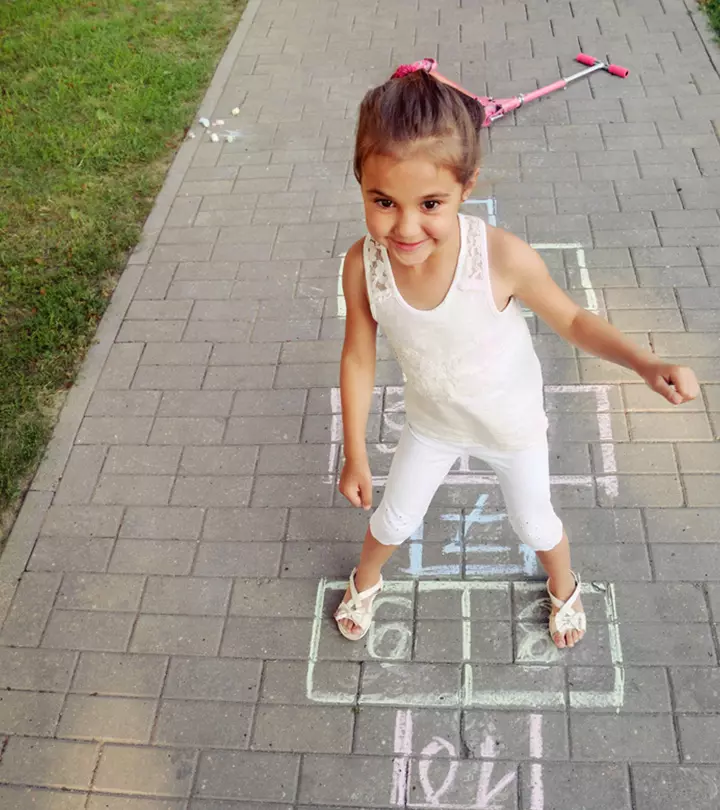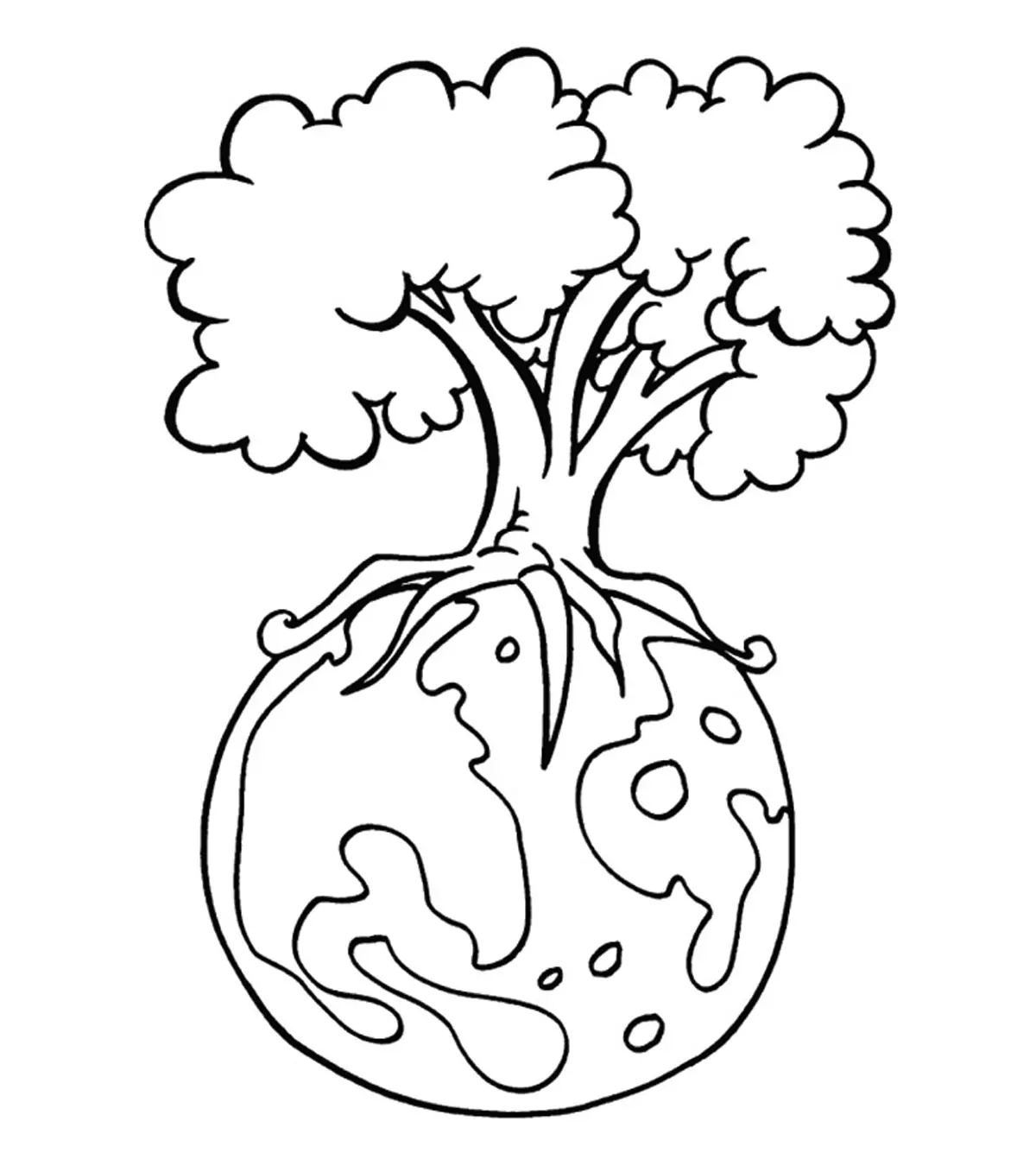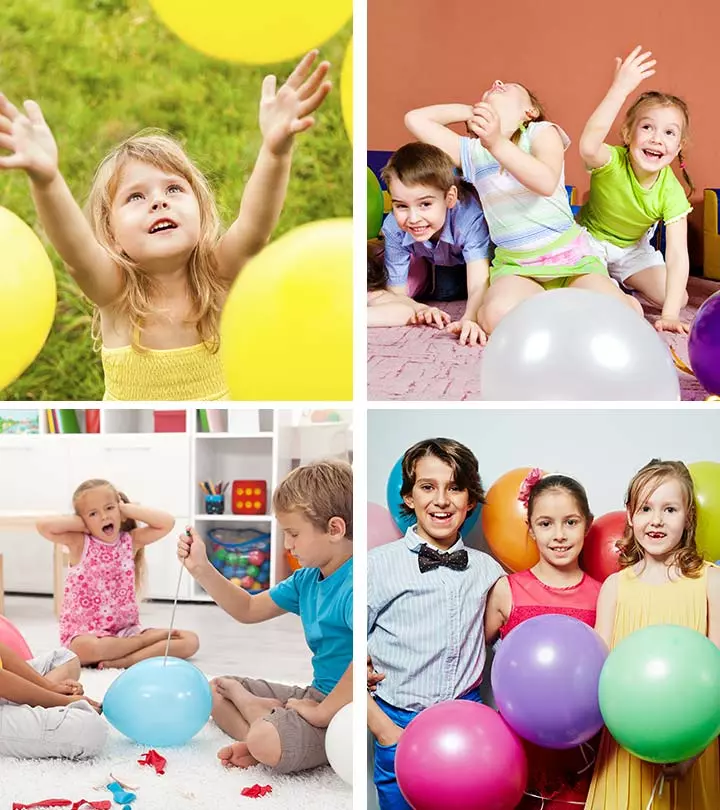
Image: ShutterStock
Learning school activities for kids play an important role in letting children express their creativity and honing their critical thinking skills. As children get opportunities for hands-on learning, they can grasp abstract concepts more easily. Be it through art, science experiments, or storytelling, these activities allow children to learn new information. They also improve their social and cognitive skills along with motor skills. Include these learning activities in your child’s curriculum, whether your child goes to school or is homeschooled. You can adapt these activities according to the age and the learning needs of your students.

Key Pointers
- Engaging in school activities can improve academic performance, introduce new concepts beyond textbooks, and enhance talents.
- Activities like weather walls, drawing paragraphs, debates, and describing help with reading, visualization, and thinking skills.
- Children can develop creativity, comprehension, and imagination by participating in fact or opinion activities and the tree of books.
- Fun with adverbs, world tours, sticky words, and scrapbooking captions are fun ways to learn about grammar, vocabulary, and world destinations.
- These activities can help prepare children for school and improve their ability to think independently and understand different situations.
Top 11 Learning School Activities For Kids
According to experts, hands-on learning can provide several benefits to students. Students who participate in hands-on learning can retain around 75% of the information. Moreover, the materials and equipment provide them an insight into real-world scenarios. Hands-on learning school activities for kids also keep them engaged and motivated and increase their critical thinking and problem-solving skills (1). Here are a few school activities that your kids will surely love doing. Help your student or kid to do the following steps and encourage learning in an interactive way.
1. Make a weather wall

The weather symbol activity will help the kids identify and learn about various weather conditions. Activities for kids in school have to be full of fun and learning. These are perfect back-to-school activities for kids after a long vacation.
Fifth-grade teacher Stephanie, who manages a blog named Teaching in Room 6, writes about how she used a weather wall to teach her students about weather all over the US. She writes, “First, I had the students write the definitions of the various pressure systems and fronts on a pre-printed map…Next, the students picked 3 different weather cards…They then drew the symbols for the weather described on the maps…Once the weather was mapped, the students then wrote a forecast, in the style of a meteorologist on the evening news…Using the weather cards, they were easily able to use the academic vocabulary necessary to describe the weather (i).”
Age group: 5 years and above
You will need
- Chart paper
- Smaller sheets of paper
- Scissors
- Colors
- Pencils
- Glue
How to
1. Pin up the chart paper on the classroom activity board.
2. Hand out a sheet of paper for each day.
3. Ask the kid to draw the weather symbol that corresponds to the weather for that particular day – sunny, rainy, cloudy, cold, snowing, or thunderstorm.
4. Color the symbol using appropriate colors.
5. Help them cut it out and glue it up on the big chart paper.
6. Make a weather symbol for each day of the week.
2. The tree of books

The reading activity will be a great way to encourage kids to read more, improve their vocabulary, boost their memory, and reduce stress (2). These are fun activities for kids at school.
Age group: 5 years and above
You will need
- Construction paper in shades of light green, dark green and brown
- Plain white chart paper
- Markers
- Scissors
- Glue
- Pins
- Sandwich bags
How to
- Use the brown construction paper to cut out the trunk of the tree and its branches.
- Paste the trunk and the branches on the white paper. Pin it up on the wall.
- Use the light and dark green construction paper to cut out leaves. Keep them inside the sandwich bag.
- You can also draw a sun and flowers to make the background more appealing.
- Ask them to pin it to the ground next to the tree trunk.
- Once they finish reading, they can add the leaf to the tree.
- As kids read books, they will help their trees grow. These are unique school activities for kids indeed.
- As kids read books, they will help their trees grow. As their trees grow they will feel a sense of achievement at the tasks they have completed.
- These are unique school activities for kids indeed.
 Quick fact
Quick fact3. Draw the paragraph
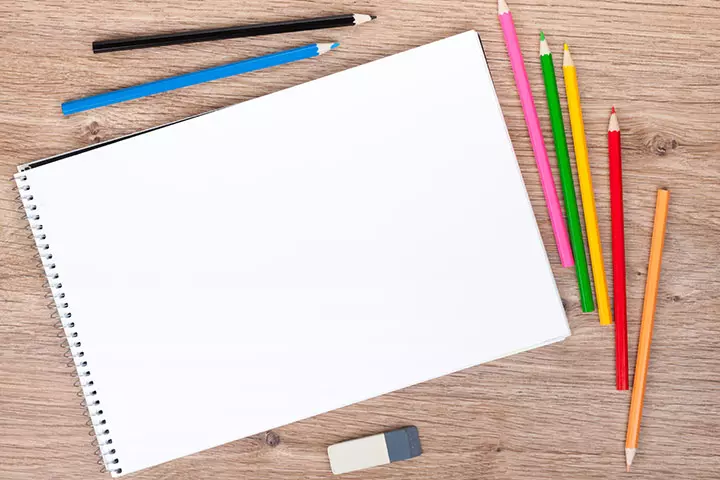
The activity will require the children to multitask. They need to listen, understand and imagine simultaneously.
Age group: 7 years and above
You will need
- Any descriptive paragraph from a favorite storybook
- Paper
- Pencil
- Color pencils
How to
1. Read out an interesting paragraph that includes a lot of descriptive words and scenes.
2. Ask the children to close their eyes and form an image in their minds about the entire paragraph you read.
3. Now, ask them to draw on the paper as per their imagination and fill it in with colors.
4. Let each one explain why they drew the particular picture and how they visualized the paragraph.
4. Going on a world tour

The world activity will help kids learn and explore various popular destinations across different countries.
Age group: 8 years and above
You will need
- Small pieces of paper
- Pens
How to
- Write down the names of different countries on the pieces of paper. Write one name on each paper.
- You could write down various country names like India, China, Thailand, Egypt, USA, Greece and so on.
- Give each kid a paper and ask them to read the name they have on their paper.
- Read out clues about each destination. Ask the kids to listen carefully. Whoever thinks he has the paper of that particular country will have to raise his hand.
- Go across to see if the answer is correct. Continue with the rest of the clues.
5. Fun with adverbs

The adverb activity will help kids learn more about English grammar. Studies have shown that making children understand the meaning and usage of a word in different contexts improves their knowledge considerably (4). Activities for children in school always have to be a learning experience.
Age group: 7 years and above
You will need
- A whiteboard
- Marker pens
- Cards with different adverbs written on them
How to
1. Write an activity on the board, like ‘She is running in the park.’
2. Call out to one kid and show them one of the adverbs. Ask them to understand the adverb written on it and mimic it without speaking it aloud.
3. If the adverb is, ‘slowly,’ the kid has to act out the same.
4. Other kids have to guess the word. The kid who answers correctly gets the next chance to act out the word.
6. Sticky words

Teaching new words to children becomes a breeze with this activity involving visual learning. Studies have shown that visual learning in different formats can be a powerful tool in teaching children new knowledge and concepts (5).
Age group: 5 years and above
You will need
- A bunch of sticky notepads
- Colored pens
- A board where you can paste the sticky notes
How to
- Ask the kids to write down all the letters of the alphabet, one on each sticky note.
- Keep a bunch for yourself too.
- Now paste your letters on the board.
- Ask each kid to come up one by one and stick one letter next to any letter on the board.
- The next kid has to stick another letter and try to make a word.
- The idea is to try and make as many words as possible.
7. Fact or opinion
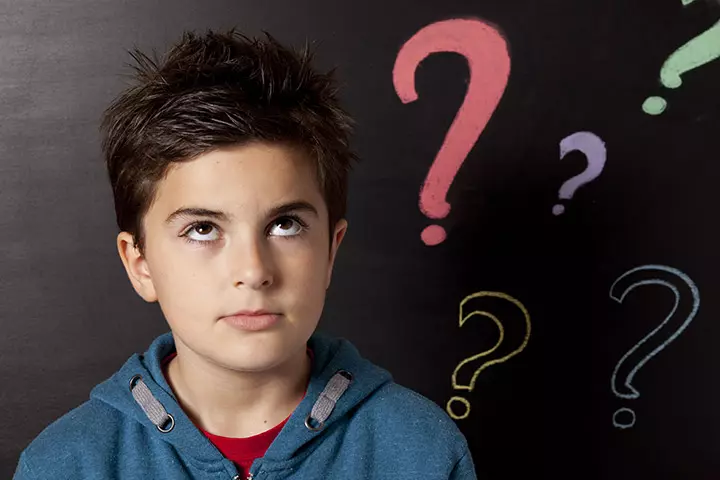
The fact or opinion activity will help kids differentiate between what is true and what is an opinion. It will help them become independent thinkers.
Age group: 6 years and above
You will need
- Simple sentences you can ask the kids to differentiate as opinion or fact.
How to
- Give a set of sentences to the kids.
- Examples – ‘slimy toys are gooey’, ‘my dad is taller than yours’, ‘dogs are better pets than cats’ and so on.
- Call up each kid and ask him to read each sentence and then state whether it’s a fact or an opinion.
- Ask him to explain why he thinks so.
8. For or against

A debate will encourage kids to think for themselves and understand situations and the world better.
Age group: 10 years and above
You will need
- Any imaginary or real event to encourage kids to express their views on and discuss.
How to
1. Divide kids into two teams – one will have to speak ‘for’ the topic and the other ‘against’ it.
2. Tell them about a particular situation.
3. Allow each kid from both teams to express his view.
4. Set rules for the debate about expectations and language to be used to avoid rising emotions during a heated debate.
9. Scrapbooking captions

For activities for kids at school, this one is interesting. The scrapbook activity will help kids learn and practice grammar in an interesting way. A study conducted on elementary school children and published in Journal of Education and Learning has shown that scrapbooking can be a useful tool in improving the children’s storytelling skills (6).
Age group: 10 years and above
You will need
- Scrapbook
- Interesting cut outs from magazines
- Glue
- Colored pens
How to
- Ask kids to bring the magazine cut outs from home. Make sure they do it under parental supervision to ensure the images are age-appropriate.
- Ask the kids to glue the images in the scrapbook.
- Each kid has to write a caption for each image in the scrapbook.
- Encourage kids to write interesting captions that also involve word play.
 Quick tip
Quick tip10. Describe the look
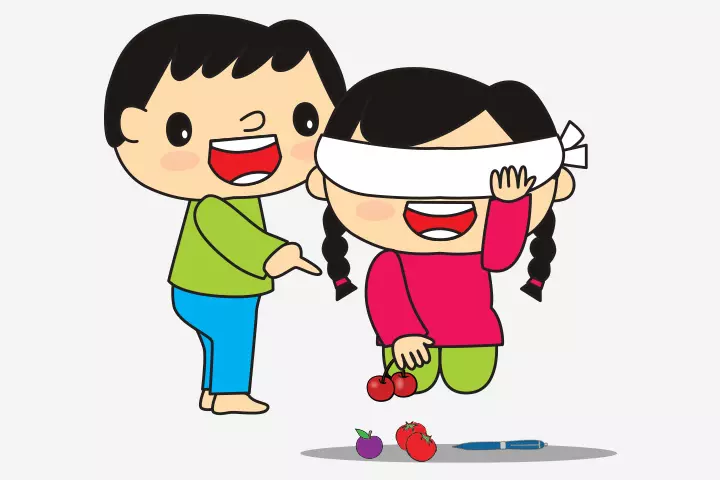
The activity will encourage comprehension, creative writing, and imagination.
Age group: 6 years and above
You will need
- Collect similar objects like tomatoes, cherries, plums, etc.
- Paper
- Pen
How to
- Choose an object from the selected group. Describe it to the kids without giving out its name.
- The kid who writes down the correct answer first gets the next chance.
- Ask the kid to come to the front and take a pick from the group of items. Repeat the process.
11. Book bingo

Conducting a book bingo activity for kids in class is an interactive way to foster a love for reading.
Age group: 10 years and above
You will need
- Bingo cards with book themes
- Age-appropriate books matching the bingo themes
- Markers or stickers
- Chart or poster paper
- Small certificates or rewards
How to
- Create unique bingo cards with themes, like adventure books, or a book with animals.
- Distribute one card to each child.
- Offer a range of age-appropriate books matching the bingo themes.
- Tell them how to play bingo. Kids mark off the squares when they read a book that fits a particular theme. The goal is to complete a row or column, just like traditional bingo.
- Determine the book bingo duration: a week, a month, or a reading challenge.
- Use a visible chart to track each child’s progress with stickers or markers.
- Celebrate the completion of a row or column with small rewards or certificates.
- Encourage post-reading discussions among kids.
Frequently Asked Questions
1. How can I engage my child in educational activities at home?
Some interesting ways to make educational activities for kids engaging at home include reading together, encouraging their curiosity, involving them in household activities, and helping them with their homework.
2. What are some educational activities to do with children outdoors?
Some outdoor educational activities and games you can indulge in with your children include bird watching, identifying plants, nature walks, listening to music while taking a walk, gardening, and a nature scavenger hunt.
3. What are some technology activities for children?
Technology-related activities include learning the basics of coding and programming, learning digital art, and podcasting.
4. What are some math activities for children?
Examples of mathematics activities for children include time telling, recognizing shapes, addition and subtraction using household materials, and creating graphs.
5. What are some science activities for children?
Making a homemade lava lamp, making glow crystals, exploring the properties of magnets, and building a balloon rocket are some examples of science-related activities for children.
6. What are the benefits of hands-on learning activities for kids?
Hands-on learning activities increase the child’s focus and improve memory. Moreover, they encourage critical thinking, creativity, and problem-solving skills. These activities provide children with practical ways to handle real-world problems.
With these activities, children will learn things beyond the textbooks and the curriculum. Engaging them in these learning school activities for kids can enable them to look at the world beyond the classroom and maybe lead to new creative discoveries. These activities and classroom games for kids test your child’s skills and encourage them to become talented individuals. All of these activities require basic supplies. Give the instructions to children and let their creativity and exploration skills take over. With a bit of creativity and color added to learning, children will start to appreciate the fun side of education and eventually enjoy the process of learning.
Infographic: Fun And Creative Ways To Engage Children
Instilling creativity in children is vital for their learning to be successful. The good news is that you can foster creativity in children and older teens using simple activities and exercises. Working through these activities will develop problem-solving skills in children. Scroll through this infographic to discover creative ways to engage children.
Some thing wrong with infographic shortcode. please verify shortcode syntaxIllustration: Top 11 Learning School Activities For Kids

Image: Stable Diffusion/MomJunction Design Team
Discover a wide range of engaging extracurricular activities for kids in this enriching video by Just Learning. Explore 10 exciting options to enhance your child’s skills and interests.
Personal Experience: Source
MomJunction articles include first-hand experiences to provide you with better insights through real-life narratives. Here are the sources of personal accounts referenced in this article.
i. Weatherman, Weatherman….let’s talk about Weather;
https://www.teachinginroom6.com/2012/10/weatherman-weathermanlets-talk-about.html
References
- Hands-on Practice Activities.
https://www.nhi.fhwa.dot.gov/LearnersFirst/hands-on-practice-activities.htm - Reading Improves Memory, Concentration, and Stress.
https://www.nu.edu/blog/reading-improves-memory-concentration-and-stress/ - David K Dickinson et al.; (2012); How Reading Books Fosters Language Development around the World.
https://www.researchgate.net/publication/258385733_How_Reading_Books_Fosters_Language_Development_around_the_World - Margaret G McKeown; (2019); Effective Vocabulary Instruction Fosters Knowing Words, Using Words, and Understanding How Words Work.
https://pmc.ncbi.nlm.nih.gov/articles/PMC8753997/ - Jamal Raiyn; (2016); The Role of Visual Learning in Improving Students’ High-Order Thinking Skills.
https://files.eric.ed.gov/fulltext/EJ1112894.pdf - Fetty Fellasufah and Ali Mustadi; (2025); A scrapbook of child stories as a media to improving the story-telling skill.
https://files.eric.ed.gov/fulltext/EJ1299673.pdf
Community Experiences
Join the conversation and become a part of our nurturing community! Share your stories, experiences, and insights to connect with fellow parents.
Read full bio of Ashley KZ Showell
Read full bio of Harshita Makvana
Read full bio of Deepa Thomas
Read full bio of Kavita Kankani








